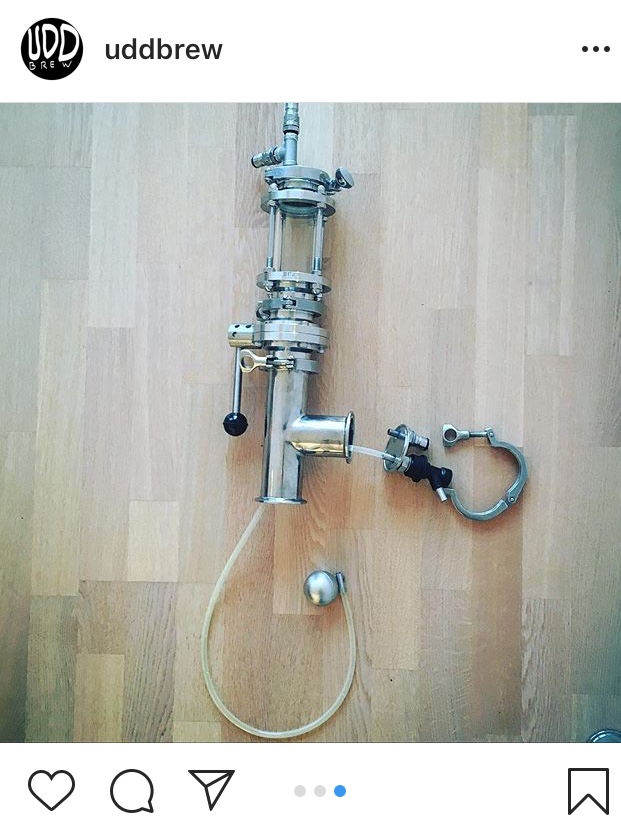RePete
Well-Known Member
Following. I have been going through much the same thinking. I have been fermenting in glass carboys for the most part. I was about ready to go ahead and get a Fermzilla. Haven’t been convinced that the SS Brew bucket is worth spending the extra money? Part of the attraction of the Fermzilla is that it can be used to serve from if I’m short on kegs, part is harvesting yeast, part is pressurized fermentation, and part is closed transfers. It’s a lot of features for the price. I’m not so worried about scratching it, as I know to be careful. I
also do 5-6 gallon batches. Yeast harvesting is the least critical feature, because as someone said, it can be poured out at the end. Currently I am leaning towards the 7.6 gallon Kegmenter. Now $180 through Williams.
also do 5-6 gallon batches. Yeast harvesting is the least critical feature, because as someone said, it can be poured out at the end. Currently I am leaning towards the 7.6 gallon Kegmenter. Now $180 through Williams.






































![Craft A Brew - Safale S-04 Dry Yeast - Fermentis - English Ale Dry Yeast - For English and American Ales and Hard Apple Ciders - Ingredients for Home Brewing - Beer Making Supplies - [1 Pack]](https://m.media-amazon.com/images/I/41fVGNh6JfL._SL500_.jpg)




























